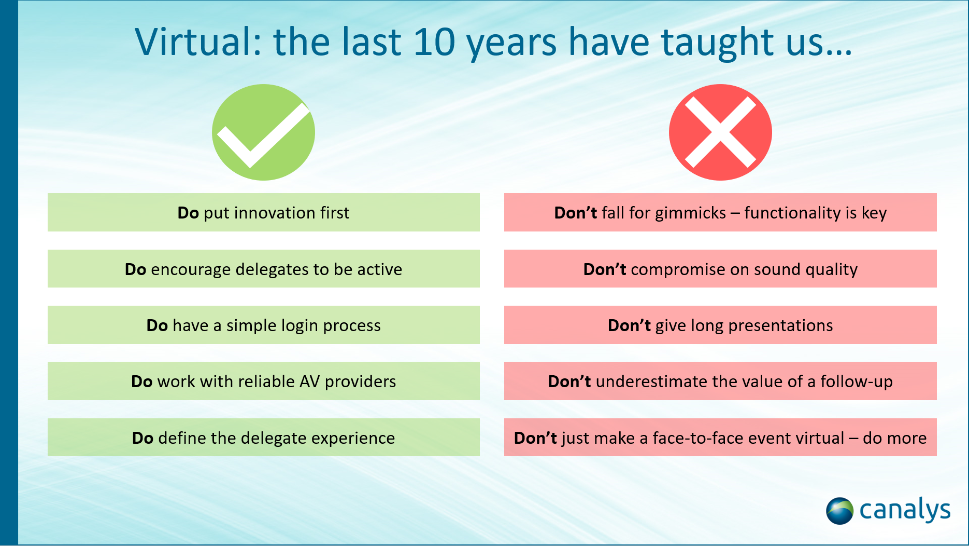Palo Alto, Shanghai, Singapore and Reading (UK) – Wednesday, November 7 2018
Worldwide smartphone shipments fell by 7% in Q3 2018, a fourth consecutive quarter of decline. This was also the worst third quarter performance since 2015. China’s smartphone market had another disappointing quarter, only shipping 100.6 million units, a year-on-year decline of 15.2% and sequential decline of 2.9%. India overtook the US this quarter to be the second largest market, though both countries were hit by weaker seasonal performance compared with last year. Seven of the top 10 markets recorded year-on-year declines, caused by lengthening smartphone replacement cycles, worsening international trading conditions and competition from major Chinese vendors.
“China’s market showed no improvement in terms of smartphone sell-in, and 14 of the top 20 brands in China declined in Q3,” said Canalys Analyst Mo Jia, based in Shanghai. “This has continued to put tremendous pressure on vendors amid rising component and labor costs in China. Chinese vendors are more focused than ever on overseas expansion in South Asia, Africa, and Central and Eastern Europe, to hedge against their business at home. But the current international trade environment and geopolitical issues are not great for business either. Only a few are likely to survive the tough winter.” Greater China (including Hong Kong and Taiwan) was the worst performing region of all, down 14.6% annually. On the other hand, Central and Eastern Europe continued to be the top performer, growing 2.2% year on year, followed by Africa at 0.4%.
At the vendor level, Samsung was the only company to post a year-on-year decline, of 14%, which pushed its market share down to 20.4% from 22.0% in Q3 2017. Huawei took second place ahead of Apple, shipping 52 million units after growing 33% year on year. Apple grew by just 0.4%, shipping 47 million units. Xiaomi and Oppo rounded out the top five, shipping 33 million and 31 million units respectively. All Chinese vendors combined now account for 52% of the worldwide smartphone market, their highest share in history.
“The worldwide smartphone market faces an unprecedented challenge, while its dynamics are changing rapidly at both the vendor and country level. This is providing growth opportunities for aggressive vendors with the speed to respond quickly to market changes,” said Canalys Research Manager Rushabh Doshi. “Huawei has seen a remarkable rise, with a competitive portfolio covering all price bands. Xiaomi, Oppo and Vivo, together with other Chinese brands, such as OnePlus and Transsion, are catching up fast, developing a much stronger footing outside of China. But Samsung remains in trouble, and its shipments are at risk of falling below 300 million by year-end, far from its initial 320 million goal. Despite recently revamping its product strategy with more frequent launches and stronger innovation in the low to mid-range, such as the quad-camera Galaxy A9 2018, Samsung still faces tremendous pressure in all price segments. Its hierarchical and layered structure is preventing it from effectively responding to the competition.”
Meanwhile, Apple’s smartphone product transition is still well underway. The vendor launched its new flagship smartphones on 21 September. In 10 days of availability in Q3, the iPhone XS shipped 3.3 million units, but was well beaten by the more expensive iPhone XS Max, which shipped 4.7 million units. China was the largest market for the iPhone XS Max, accounting for 45% of its shipments, while the US was its second largest market at 27%.
“In the post-Steve Jobs era, Apple has never disaggregated its global hardware strategy in any product line,” said Senior Analyst Ben Stanton. “That changed with the iPhone XS Max, which comes with a physical dual-SIM in China. This larger model is certainly popular with Chinese buyers but is also enjoying a small boost from unofficial distribution channels and online marketplaces, which are exporting this iPhone around the world. But as more operators start to support eSIM, this trend will wane, as the benefit of a dual physical-SIM over an eSIM becomes negligible.”
“Smartphones have now truly passed their peak and this year is the first time that industry optimism has made way for worry,” said Analyst TuanAnh Nguyen, “But smartphones will remain most people’s key personal computing devices and will still ship in high numbers. A declining market will push many smaller players out in favor of bigger vendors. The dynamic among the leaders is also changing, with contrasting fortunes. Vendors such as Huawei and Xiaomi are on track or already exceeding their ambitious targets while others are struggling. Canalys still expects the market to recover in 2019, but vendors are already pivoting toward trends such as 5G roll-out, artificial intelligence applications, new channels and local production capability.”
Smartphone quarterly estimate and forecast data is taken from Canalys’ Smartphone Analysis service.
Email Newsletters
Sign up to receive TelecomTV's top news and videos, plus exclusive subscriber-only content direct to your inbox.







